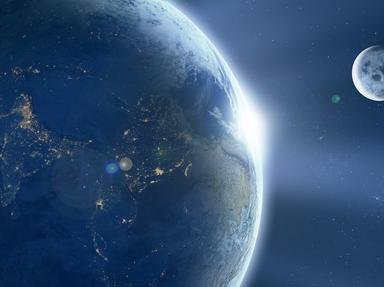Quiz Answer Key and Fun Facts
1. This moon may be small, but it has a very important job. It helps to keep Saturn's rings nice and tidy by sweeping up loose material. Do you know its name?
2. Next, we see two of Saturn's most talented choreographers. They swap orbits every four years without colliding with one another. Can you name these two dancers?
3. Now, I know what you might be thinking! Why is the Death Star in Cassini's Circus? Well, that's no Death Star, it's a moon. Which one is it?
4. Now we come to a world that could potentially harbor life. This small moon has astounded astronomers with its active geysers. Which moon is this?
5. These two moons are known as Tethys and Dione. They both have two smaller companions that occupy the same orbit. What do astronomers call them?
6. We know that Saturn has rings, but could its second largest moon also have them? What is the name of it? Perhaps singing will help you remember. Do, ?, Me, Fa, So!
7. Next up, we have this oddity of a moon that looks like a giant sponge. It is one of the largest irregular shaped moons in the Solar System. What is the name of it?
8. This moon should have been named Dr. Jekyll and Mr. Hyde. Its unique surface features a distinctive light and dark side. What is its real name?
9. This next moon might have been a comet if it wasn't for Saturn. It shares its name with a character from the TV show, "Friends". What is its name?
10. Finally, we come to the main attraction. It is Saturn's largest moon and the only moon known to have a thick atmosphere. What is the name of it?
Source: Author
RedHook13
This quiz was reviewed by FunTrivia editor
rossian before going online.
Any errors found in FunTrivia content are routinely corrected through our feedback system.
